TARI Mikocheni, in cooperation with TARI Kihinga surveys, collected 3075 fresh leaf samples for oil palm in Tabora and Kigoma regions, purposely for checking DNA to find out the effectiveness of pollination between DURA and PISIFERA oil palm genotypes.
- 23rd May, 2023 06:30
- By CHONA.MAHUSHI
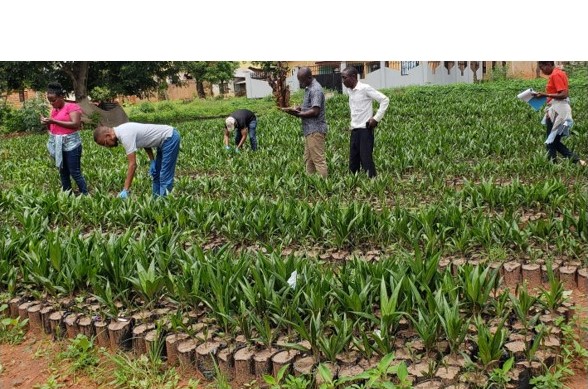
Event Date: 01-01-1970
Venue:
Tanzania Agricultural Research Institute, Mikocheni Center (TARI Mikocheni), in cooperation with TARI Kihinga did a field survey to collect fresh leaf samples for oil palm purposely for checking Deoxyribonucleic Acid (DNA) to find out the effectiveness of pollination between DURA and PISIFERA oil palm genotypes. The survey was conducted in different areas of Tabora and Kigoma regions between March and April 2023 where a total number of 3075 oil palm leaf samples were collected (537 parents and 2538 offspring) as shown by the table below;
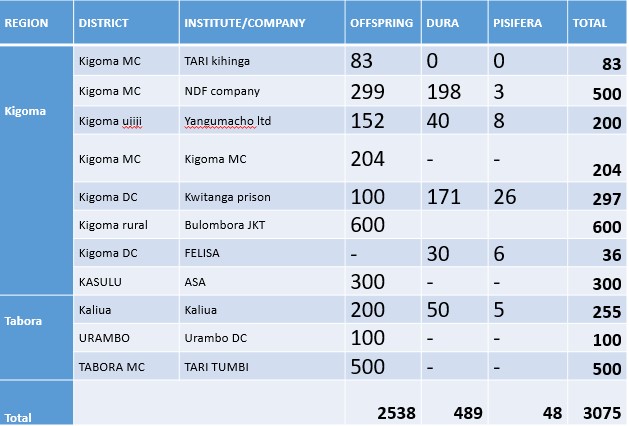
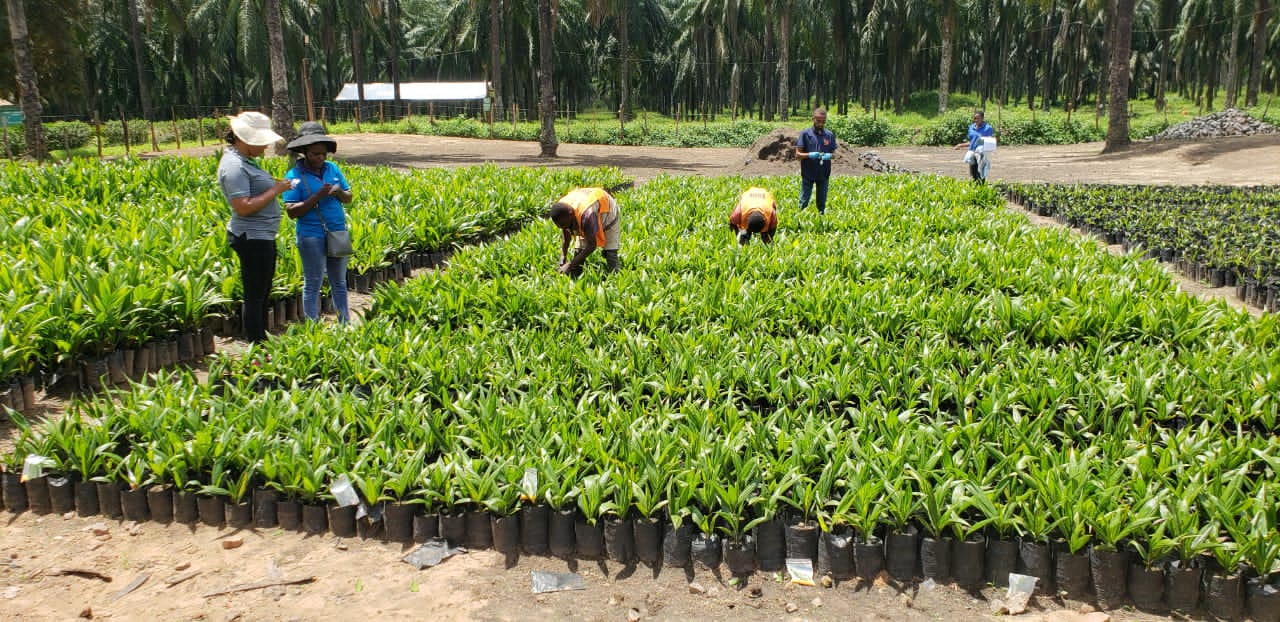
Researchers from TARI-Mikocheni and TARI Kihinga collecting oil palm leaf samples from Kwitanga prison oil palm nursery for genotyping.
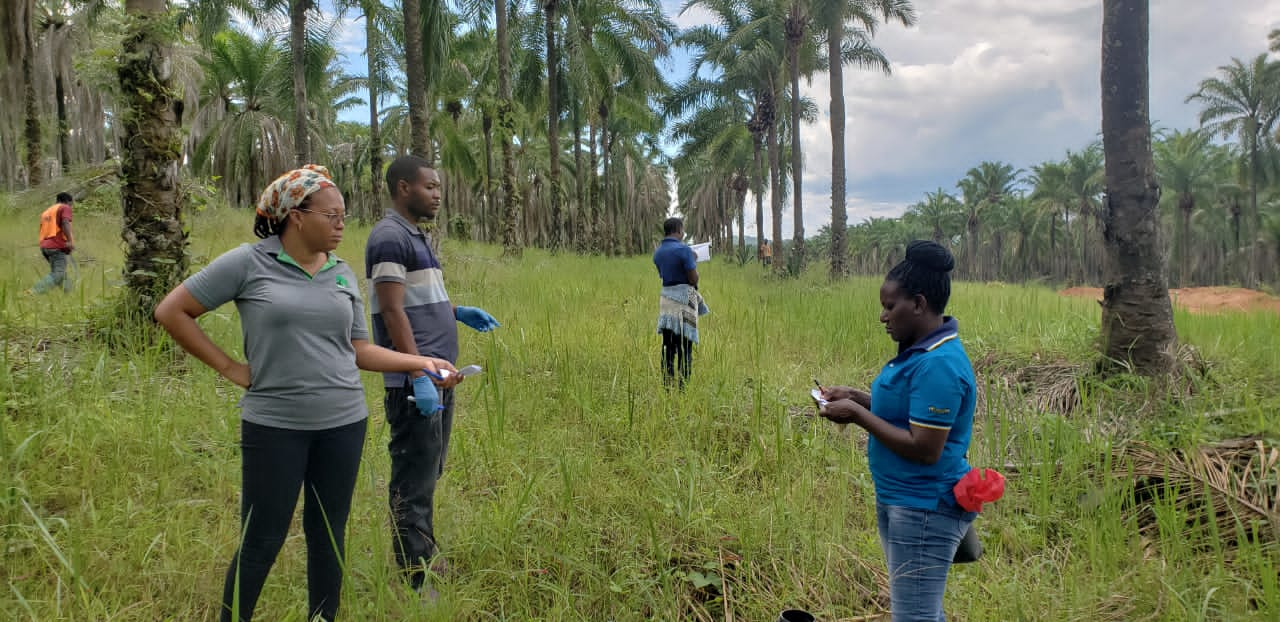
Researchers from TARI-Mikocheni and TARI Kihinga collecting oil palm leaf samples from Kwitanga prison oil palm farm for genotyping.
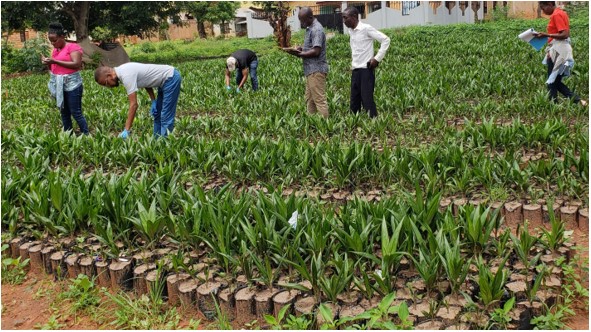
Researchers from TARI-Mikocheni and TARI Kihinga collecting oil palm leaf samples from NDF Company oil palm nursery for genotyping.
After collection of those oil palm fresh leaf samples, the collected leaf samples were pressed on herbarium kit and other samples were stored on silica gel.
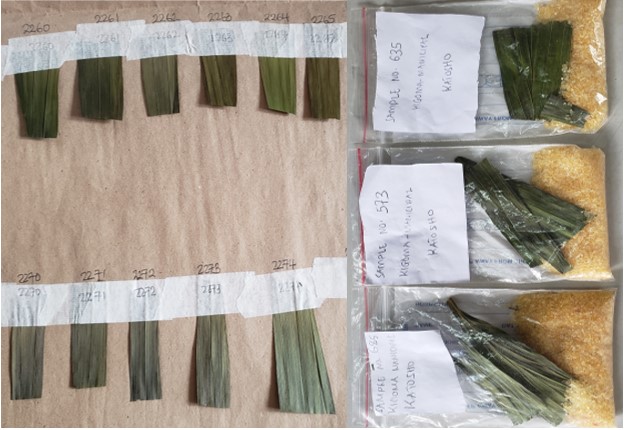
Oil palm leaf samples pressed on herbarium kit (left) and other samples stored on silica gel (right).
Thereafter, oil palm leaf samples were transferred to TARI Mikocheni laboratories located in Dar es Salaam region for further analysis.
Remember:
Oil palm crop (Elaeis guineensis Jacq.)
Is native crop to Africa and it contributes nearly 40 percent of edible vegetable oil production in the world. The largest producer of palm oil in the world is Indonesia followed by Malaysia. In Tanzania, oil palm is cultivated in Kigoma region, Tabora region and parts of Kyela district in Mbeya region.

